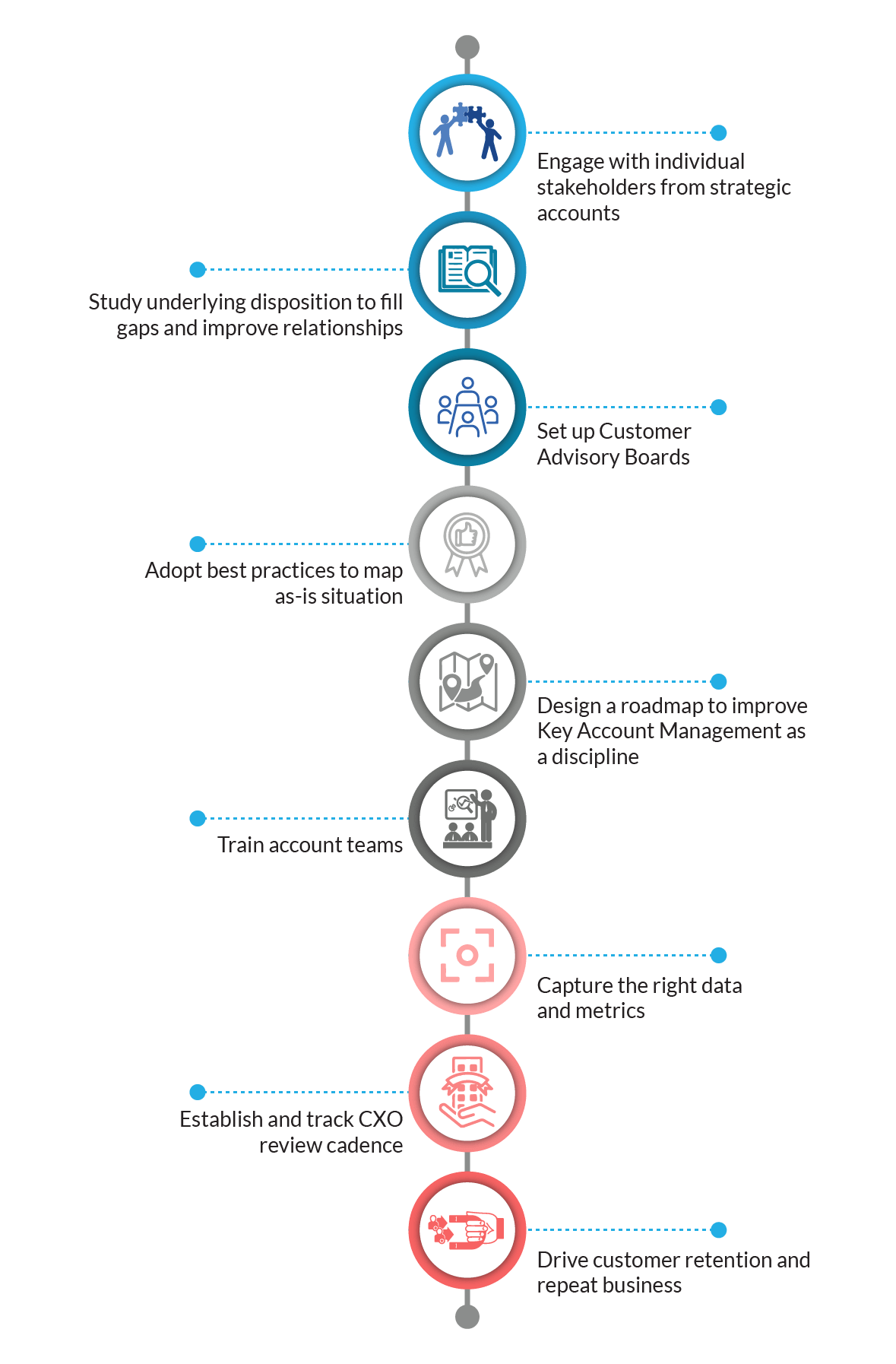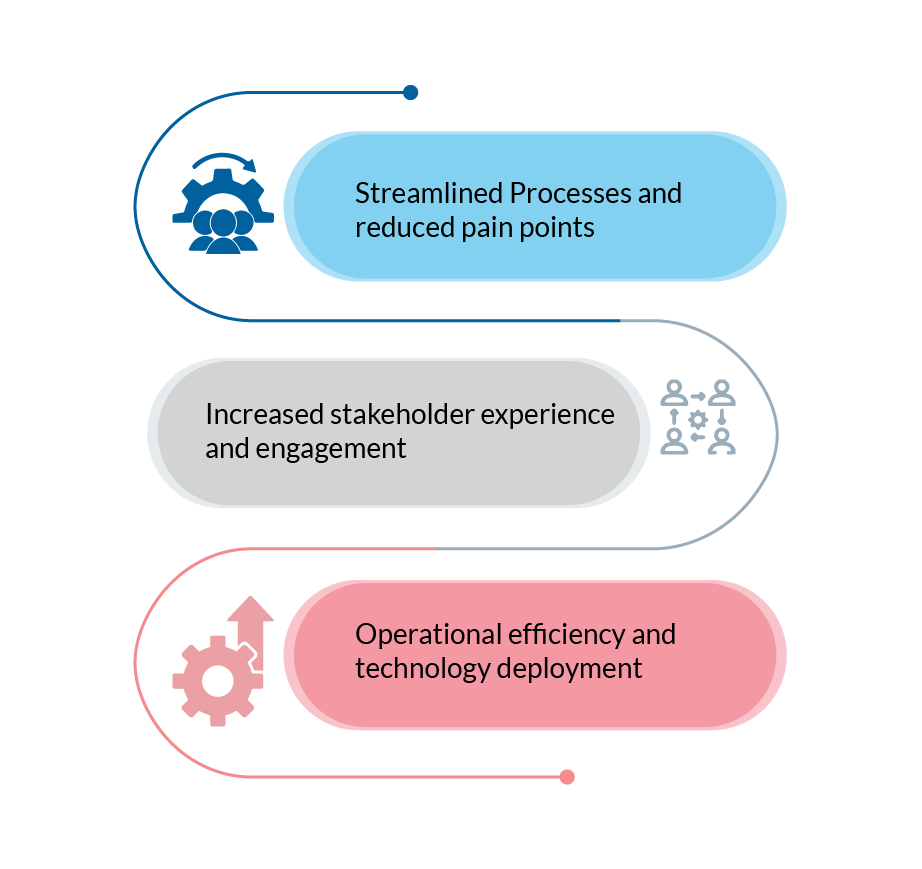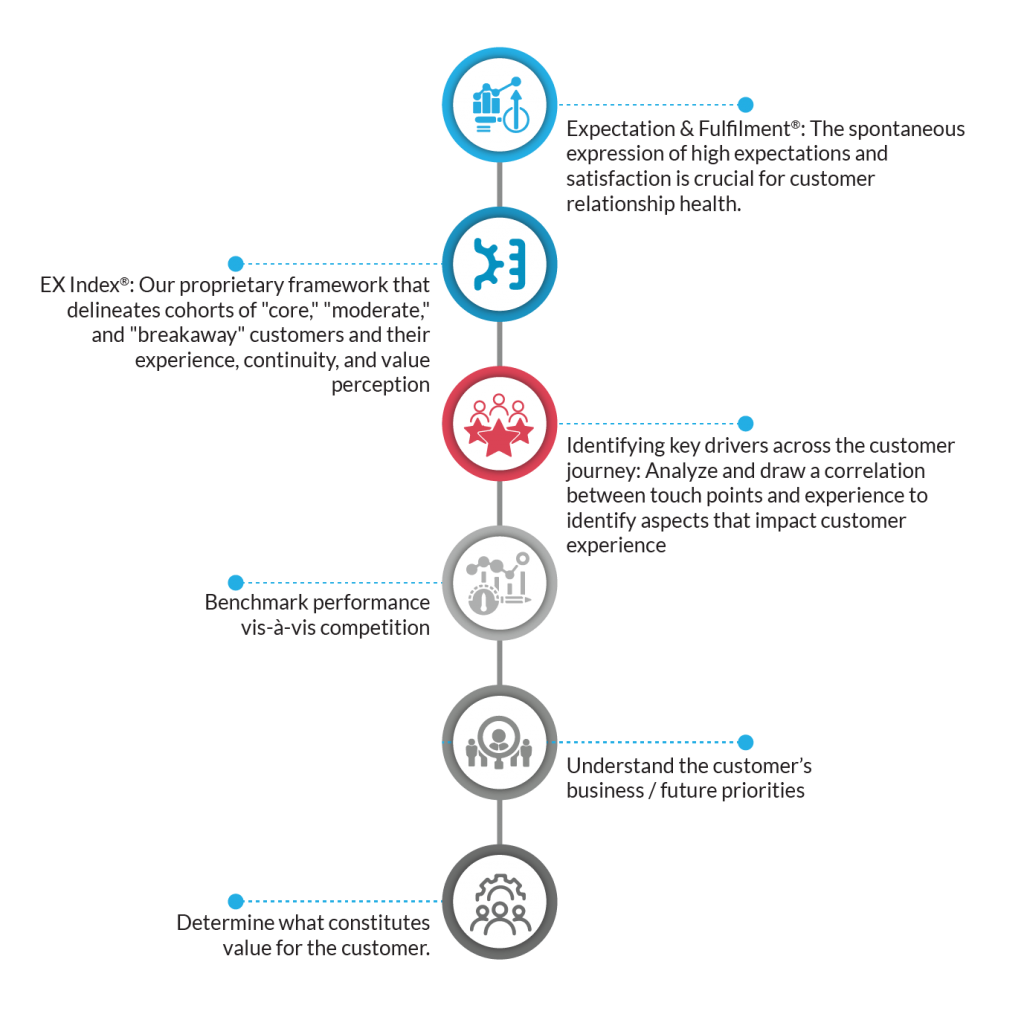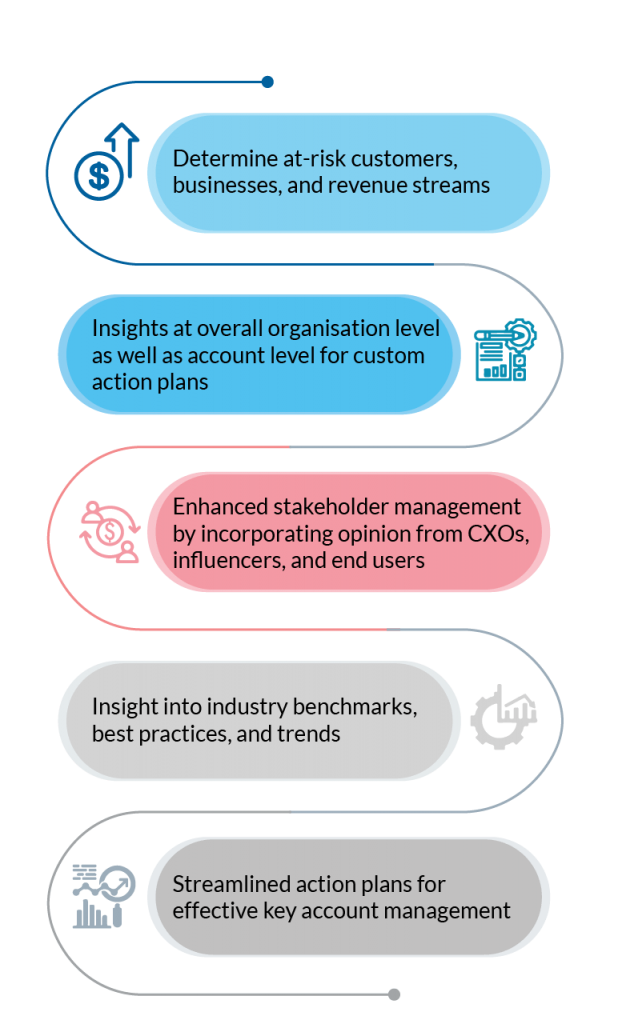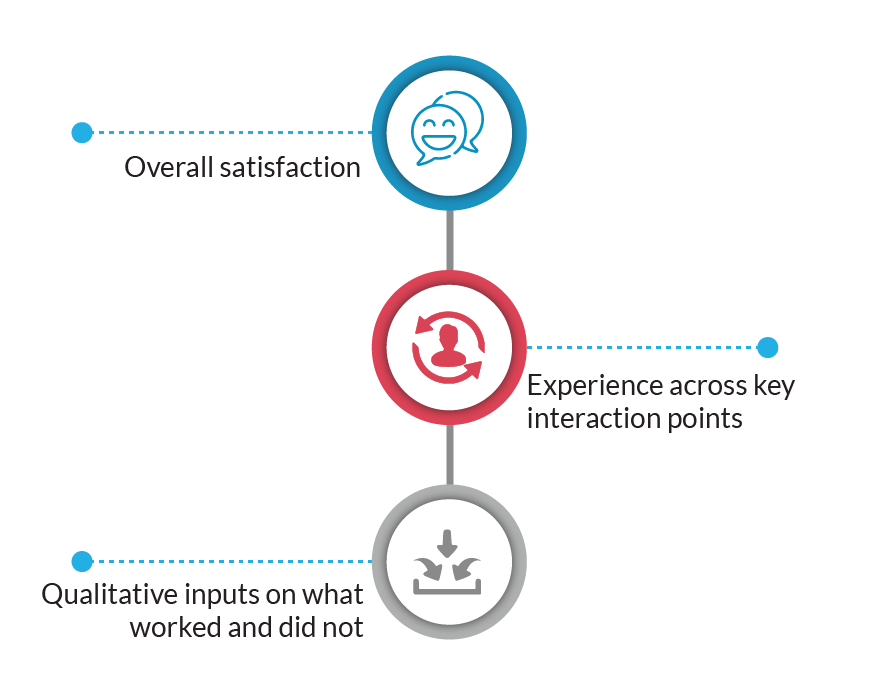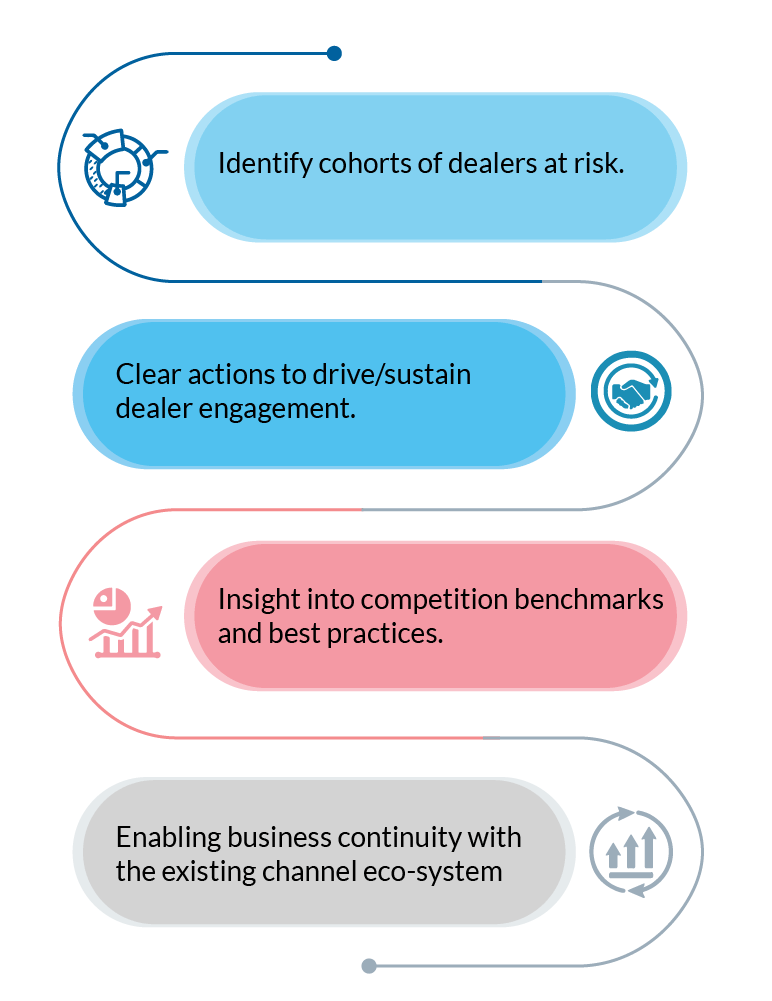There are always 2 hats to wear to look at research study from both the business perspective and research techniques which are been deployed.
The Business Thinking tends to focus on outcomes
Each question is vital which helps resolve a business problem! There is a strong temptation to cram in more questions. The thinking is not so much on the instrument but rush ahead to the results and not look at the practical aspects of questionnaire length, type of questions and modes of administration which could overwhelm the respondent if the questionnaire is not well designed.
The Research Thinking tends to focus on the techniques
Typically the researcher asks the questions around the following
- What is the Target Group (TG)?
- Please define the Category (exploratory, descriptive and casual)
- What is the mode of administration? (Web, CATI, Telephonic & Field Survey)
There is a high chance of missing the forest for the trees if the emphasis is on elegant questionnaire design rather than look at the business perspectives
So how do we marry both these seemly diverse expectations – The idea is using a simple thumb-rule when you need to include any question – “Qualify & Quantify”
Although it seems simple, one needs to review each question in the survey instrument
- Qualify – Does the question add value in terms of new insight?
- Quantify – Does the question measure the outcome in a tangible manner?
Some Good Practices
- Check if you want to observe a trend or measure the causality (why it happened)
- Reporting metric on product demand figure would be number scale increase/decrease/stable)
- However insight on why product demand wavers will need options either prompted or open ended
2. It is a safer bet to always have a mix of quantitative and qualitative questions
- While the numbers tell you the facts it can be backed through qualitative comments
3. Beware of Complex Scales
- Although one can be tempted to use Dichotomous, Bipolar, Likert scales etc. first understand how the business team intends to act upon the result.
In conclusion, it is very important to visualize the results and expected outcomes from the very start of the research study so that both the business executives and research teams can maximize the impact of the research.





























